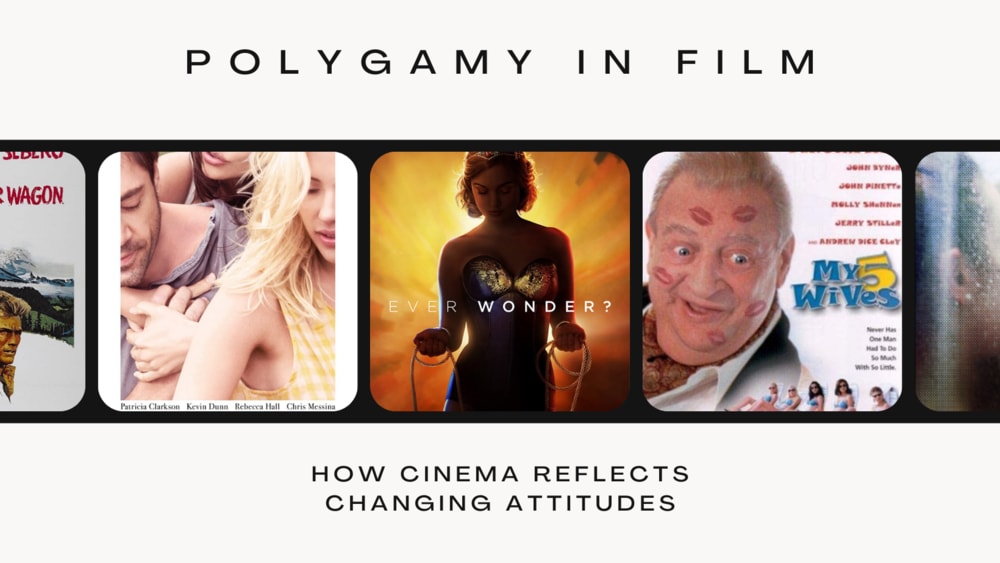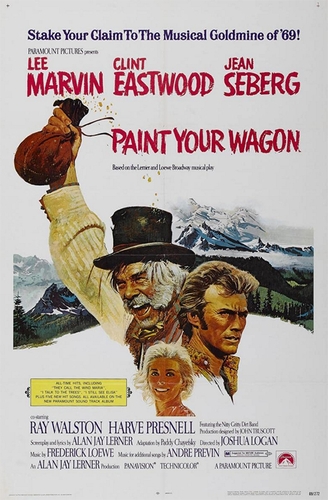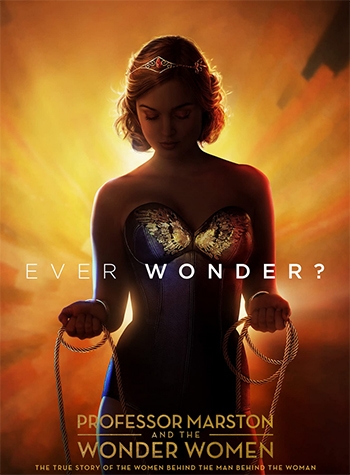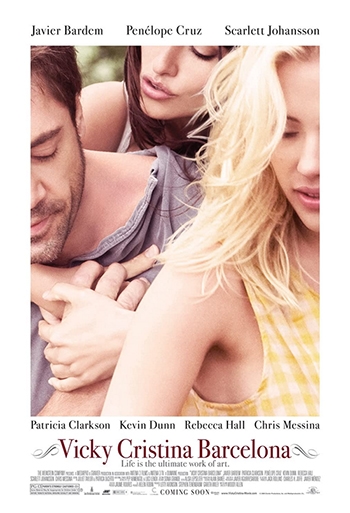

Polygamy in Film: How Cinema Reflects Changing Attitudes

As our understanding of relationships and love evolves, so too does the diversity of relationship structures we see around us. Polygamy, once considered taboo and confined to the fringes of society, has become an increasingly visible and valid choice for many. The term polygamy refers to the practice of having more than one spouse at the same time, and it can take various forms, such as polygyny (one man with multiple wives) or polyandry (one woman with multiple husbands).
In modern society, polygamous relationships exist in various cultures and religious backgrounds. As the conversation surrounding non-monogamous relationships gains traction, it is important to explore how these relationships are portrayed in popular culture, particularly in film. In this article, we will discuss the history of polygamy in cinema, examine how attitudes towards polygamous relationships have changed over time, and look at notable films that have tackled this subject.
Understanding the role of cinema in reflecting cultural values
Cinema has always played a crucial role in reflecting and shaping societal values. Films often serve as a mirror to the world, capturing the zeitgeist of a particular era and exploring the complexities of human emotions and experiences. By examining the portrayal of polygamy in films, we can gain a deeper understanding of how societal attitudes towards these relationships have evolved and what challenges still remain.
A Brief History of Polygamy in Movies
Early portrayals of polygamy in film were often characterized by sensationalism, focusing on the exotic and forbidden aspects of such a relationship. These early movies frequently perpetuated stereotypes, depicting polygamous relationships as inherently dysfunctional or exploitative. Such portrayals reinforced a negative view of polygamy, often emphasizing themes of jealousy, betrayal, and emotional turmoil.
As societal attitudes towards relationships and love continued to evolve, so too did the representation of plural marriage in film. Filmmakers began to explore the intricacies and nuances of polygamists, moving beyond one-dimensional portrayals and sensationalism. This shift allowed for a more accurate and empathetic depiction of polygamous relationships, highlighting the challenges and rewards experienced by those involved.
As a result, polygamous characters in films became more multidimensional, reflecting the diverse array of emotions and experiences that can accompany such relationships. This evolution in representation has contributed to a more balanced and informed view of plural marriage, encouraging open discussion and challenging preconceived notions.
Changing Attitudes Towards Polygamy in Film
One of the most significant changes in the portrayal of polygamy in film has been the shift away from caricatured, one-dimensional characters. Rather than focusing solely on the sensational and taboo aspects of polygamous relationships, filmmakers have increasingly sought to explore the human emotions and experiences that underpin these connections. This has led to the creation of multidimensional characters who navigate the complexities of polygamous relationships with authenticity and sensitivity.
As a result, the depiction of polygamous characters has become more empathetic and relatable, allowing audiences to engage with their stories on a deeper level. This shift has contributed to a more informed and nuanced understanding of plural marriage, opening the door for greater acceptance and dialogue.
Another important development in the portrayal of polygamists in film is the exploration of various forms of polygamous relationships. Rather than presenting a monolithic view of polygamy, filmmakers have begun to showcase the diverse array of relationship structures that can fall under the umbrella of polygamy. This includes not only polygyny and polyandry but also other forms of ethical non-monogamy, such as polyamory.
This diversity in representation has contributed to a more comprehensive understanding of the spectrum of non-monogamous relationships, fostering greater awareness and empathy for those who choose to engage in polygamous or polyamorous connections.
Notable Films Featuring Polygamous Relationships
Over the years, several classic films have tackled the subject of polygamy, offering unique insights into the experiences of those involved in such relationships. Some noteworthy examples include:
Paint Your Wagon (1969):
 This musical comedy explores the unconventional love triangle between a gold prospector, his partner, and a woman they both fall for, ultimately leading to a polygamous arrangement.
This musical comedy explores the unconventional love triangle between a gold prospector, his partner, and a woman they both fall for, ultimately leading to a polygamous arrangement.
My Five Wives (2000):
 A light-hearted comedy film that tells the story of a man who unexpectedly inherits property in Utah, only to discover that he has also inherited the late owner's five wives.
A light-hearted comedy film that tells the story of a man who unexpectedly inherits property in Utah, only to discover that he has also inherited the late owner's five wives.
Contemporary films that showcase polygamy in a modern context
In recent years, several contemporary films have delved into the subject of polygamy, reflecting the changing attitudes and growing acceptance of diverse relationship structures. These films often present a more nuanced and empathetic view of polygamous relationships, examining the challenges and joys experienced by those involved. Some notable examples include:
Professor Marston and the Wonder Women (2017):
 This biographical drama tells the true story of psychologist William Moulton Marston, who created the character Wonder Woman, and his polyamorous relationship with his wife and their mutual lover.
This biographical drama tells the true story of psychologist William Moulton Marston, who created the character Wonder Woman, and his polyamorous relationship with his wife and their mutual lover.
Vicky Cristina Barcelona (2008):
 This romantic drama directed by Woody Allen explores the complex love lives of two friends who become romantically involved with the same man and eventually form a polyamorous relationship with him and his ex-wife.
This romantic drama directed by Woody Allen explores the complex love lives of two friends who become romantically involved with the same man and eventually form a polyamorous relationship with him and his ex-wife.
Impact of Film Portrayals on Public Perception of Polygamy
The portrayal of polygamy in films has had a significant impact on public opinion and understanding of these relationships. Early films often perpetuated negative stereotypes and misconceptions about polygamous relationships, leading to a skewed perception of these connections. However, as cinema has evolved and become more nuanced in its depiction of polygamists, audiences have gained a more balanced and empathetic understanding of the complexities of such a relationship.
Films that present multidimensional characters and explore the diverse types of polygamous relationships have played a crucial role in challenging preconceived notions and fostering greater acceptance of non-monogamous relationship structures.
One of the most significant ways in which cinema has influenced public perception of polygamy is by addressing common misconceptions and challenging stereotypes. Films that delve into the complexities of plural marriage, present diverse relationship structures, and showcase multidimensional characters have contributed to a more accurate and nuanced understanding of polygamy.
By presenting polygamists in a more authentic and empathetic light, cinema has played a crucial role in fostering greater awareness and acceptance of diverse relationship structures. This has led to a more open and informed dialogue surrounding polygamists and ethical non-monogamy, encouraging a greater understanding of the experiences and emotions of those involved.
Future Directions for Polygamy in Cinema
As society continues to evolve and diversify its understanding of relationships, it is likely that cinema will also continue to reflect and shape these changes. We can expect to see even more nuanced portrayals of polygamous relationships in future films, exploring a wider variety of relationship structures and delving deeper into the emotional and practical challenges faced by those involved in polygamous connections.
Furthermore, as the conversation surrounding polygamy and ethical non-monogamy continues to gain traction, we may see increased representation of polygamous relationships in mainstream cinema, reaching wider audiences and further challenging stereotypes and misconceptions.
Filmmakers have a unique opportunity to contribute to a more accurate and nuanced understanding of plural marriage by presenting diverse and authentic portrayals of polygamous relationships. This includes creating multidimensional characters, exploring various forms of non-monogamy, and examining the emotional and practical complexities faced by those involved in these connections.
By approaching the subject of polygamy with empathy and sensitivity, filmmakers can help to challenge stereotypes, foster greater awareness and understanding, and ultimately contribute to a more inclusive and accepting society.
Conclusion
The portrayal of polygamy in film has come a long way since its early, sensationalized depictions. As society has evolved in its understanding of relationships, so too has cinema in its portrayal of polygamous connections. From one-dimensional stereotypes to multidimensional characters, from sensationalism to empathy, and from a narrow focus on polygyny and polyandry to a broader exploration of ethical non-monogamy, the representation of polygamists in film has undergone significant changes.
These changes have contributed to a more informed and balanced understanding of polygamous relationships, fostering greater acceptance and challenging preconceived notions. As cinema continues to reflect and shape societal attitudes, we can expect to see even more nuanced and diverse portrayals of polygamists in the future.
As our understanding of relationships continues to evolve, it is crucial that we continue the conversation surrounding plural marriage and its role in society. By examining the portrayal of polygamists in film and engaging in open dialogue about the experiences and emotions of those involved in such connections, we can work towards greater awareness, understanding, and acceptance of diverse relationship structures.
Ultimately, by embracing the diversity of human experiences, we can create a more inclusive and compassionate society, where love, in all its forms, is celebrated and respected.
In conclusion, the evolving representation of polygamy in film serves as a mirror for the ongoing changes in societal attitudes towards diverse relationship structures. As we continue to engage with these cinematic portrayals and embrace open dialogue, we can contribute to a more empathetic and understanding society that recognizes the validity and beauty of all forms of love and connection.
As filmmakers, critics, and audiences alike, we must continue to push for more accurate, nuanced, and diverse portrayals of polygamous relationships in cinema, ensuring that the conversation remains progressive and inclusive. By doing so, we can foster a deeper understanding of the complexity of human relationships and ultimately create a more accepting and compassionate world.
